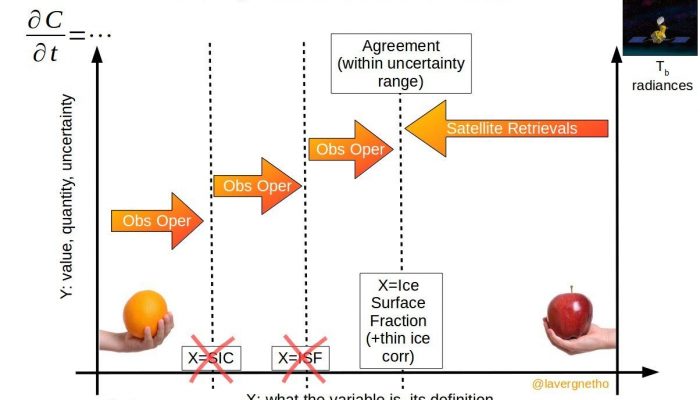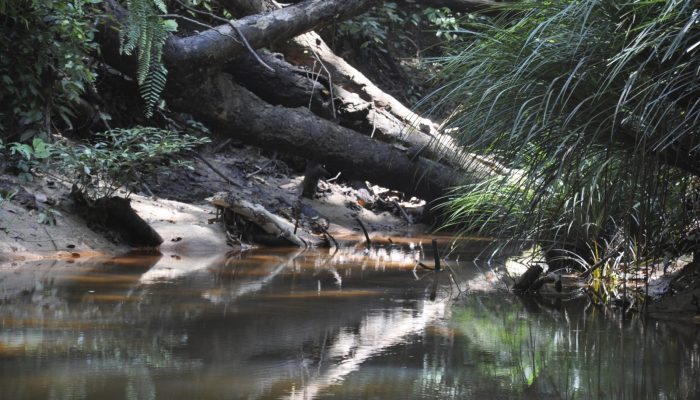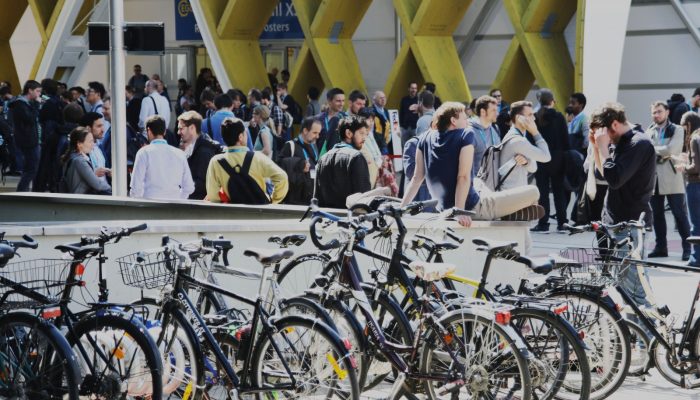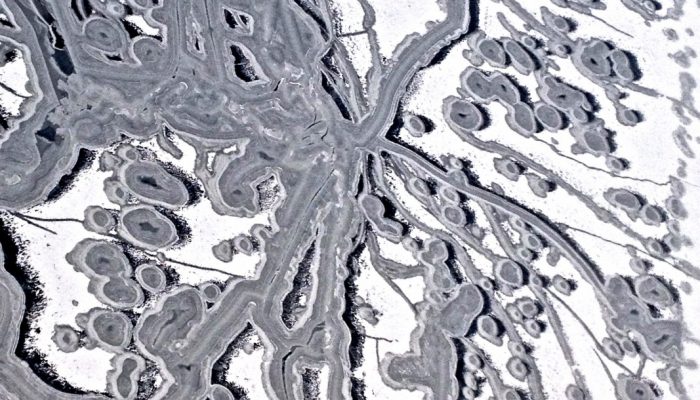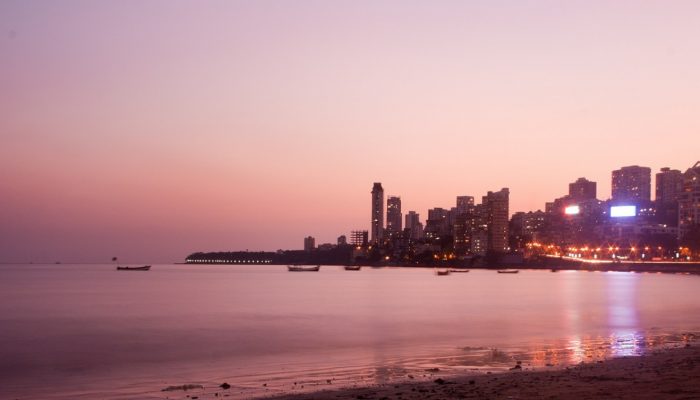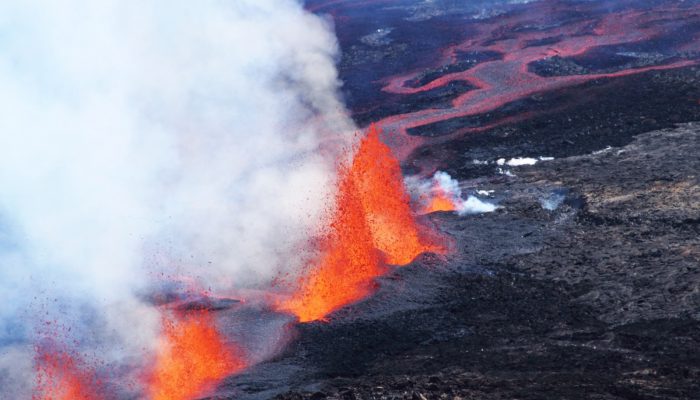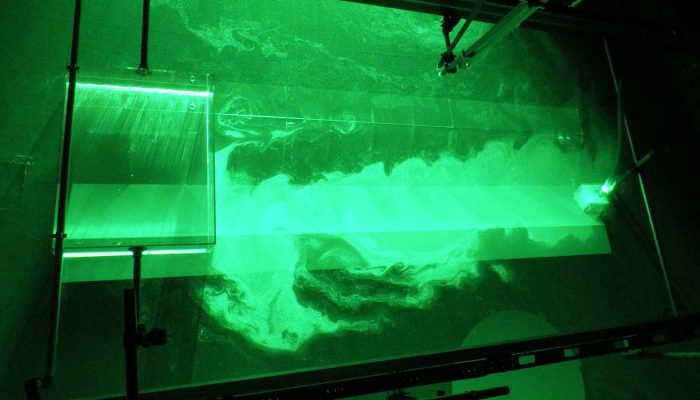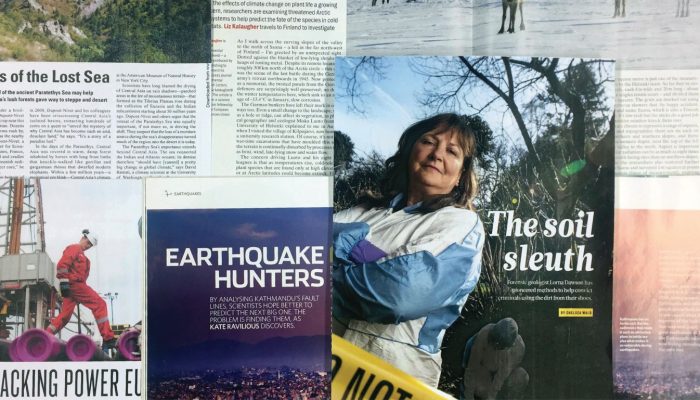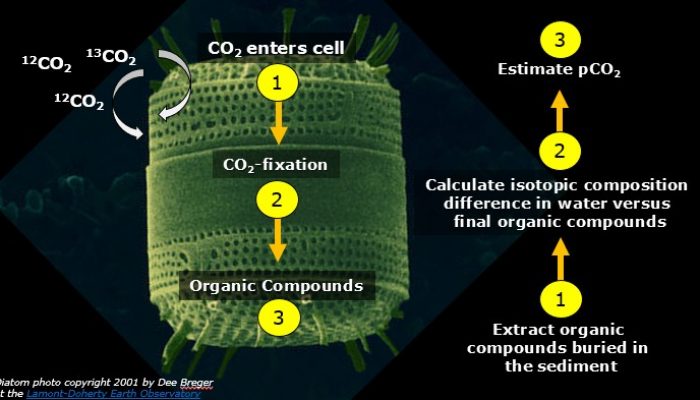In the last fifty years, models and observations have enabled us to better understand sea-ice processes. On the one hand, global climate models have been developed, accounting for the sea-ice component in the climate system. On the other hand, satellite instruments have been developed to monitor the “real” sea-ice evolution. These satellite observations are often used to evaluate climate models. H ...[Read More]
Geomorphology
Time to travel – the ERASMUS program turns 30 this year
The mobility program of the European Union, named after Erasmus of Rotterdam who studied in different places all over Europe, turns 30 this year. I wanted to take this opportunity to promote this great possibility for gathering international experience and getting insights into the teaching and research skills of our European colleagues. The ERASMUS program, named ERASMUS+ since 2014, is most famo ...[Read More]
GeoLog
GeoSciences Column: Forests in flux – log-jams in the Amazon
Collapsing dams are a staple of disaster films, but the form that these take in natural systems is also surprisingly varied. Streams and rivers can be blocked by a range of rapid and gradual inputs. One of the lesser-known causes of stream blockage is through the accumulation of large woody debris – tree trunks and large branches – to form a log jam. The impact of these jams on river geomorphology ...[Read More]
GeoLog
EGU2018: Financial support to attend the General Assembly
The EGU is committed to promoting the participation of both early career scientists and established researchers from low and middle-income countries who wish to present their work at the EGU General Assembly. In order to encourage participation of scientists from both these groups, a limited amount of the overall budget of the EGU General Assembly is reserved to provide financial support to those ...[Read More]
GeoLog
Imaggeo on Mondays: Ice forming on Chesapeake Bay
Sandwiched between the U.S states of Mayland, Delaware, Pennsylvania, New York State, the District of Columbia and Virginia, lies Chesapeake Bay, the largest estuary in North America. It is of huge ecological importance: “the bay, its rivers, wetlands and forests provide homes, food and protection for countless animals and plants”, says the Chesapeake Bay Program. Up to 150 major rivers and stream ...[Read More]
Geology for Global Development
Jesse Zondervan’s #GfGDPicks (Oct 2017): Tsunami risk in Geneva, storms in Mumbai, floating runways in Fiji, a river with legal rights, #SciComm
Each month, Jesse Zondervan picks his favourite posts from geoscience and development blogs/news, relevant to the work and interests of Geology for Global Development . Here’s a round-up of Jesse’s selections for the past two weeks: If you thought we were safe from Tsunamis in Europe, think again. I was surprised to find out Geneva experienced a Tsunami in 563 triggered by a mudslide. On a simila ...[Read More]
GeoLog
GeoTalk: Hellishly hot period contributed to one of the most catastrophic mass extinctions of Earth’s history
Geotalk is a regular feature highlighting early career researchers and their work. Following the EGU General Assembly, we spoke to Yadong Sun, the winner of a 2017 Arne Richter Award for Outstanding Early Career Scientists, about his work on understanding mass-extinctions. Using a unique combination of sedimentological, palaeontological and geochemical techniques Yadong was able to identify some o ...[Read More]
Cryospheric Sciences
Image of the Week — Think ‘tank’: oceanography in a rotating pool
To study how the ocean behaves in the glacial fjords of Antarctica and Greenland, we normally have to go there on big icebreaker campaigns. Or we rely on modelling results, especially so to determine what happens when the wind or ocean properties change. But there is also a third option that we tend to forget about: we can recreate the ocean in a lab. This is exactly what our Bergen-Gothenburg tea ...[Read More]
GeoLog
Geoscience communication: A smart investment
In this post, originally published in June 2017 on the blog of the Geological Society of America (GSA), Terri Cook, a science and travel writer and former winner of the EGU’s Science Journalism Fellowship, argues the importance of quality science communication as a means for scientists to make their research accessible to a broad audience. One way to achieve this is working with a science jo ...[Read More]
Climate: Past, Present & Future
Decomposing algae have not said their last word yet!
Name of proxy Phytane, a compound resulting from the degradation of Chlorophyll-a (Chl a), a green pigment in plants and algae that is involved in photosynthesis Type of record Atmospheric carbon dioxide concentrations Paleoenvironment Marine sediments and oils Period of time investigated Phanerozoic (last 540 million years) How it works Before we can start predicting the potential impact of human ...[Read More]

